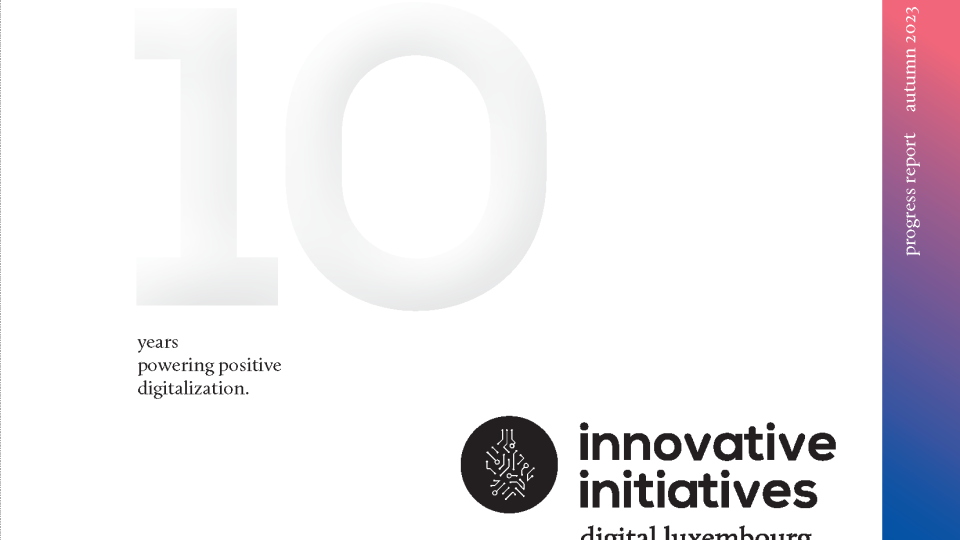Luxembourg non-profit Kids Life Skills gives children age 4-13 the space to explore & grow. Founder Ronen Even Tzur shares what they’ve learned about fostering young minds.
1) Reinvent the wheel
To help kids truly understand an existing solution, don’t explain it to them, let them reinvent it. Kids Life Skills adopts this strategy when teaching children about loops: a repeating sequence of instructions.
“We don't tell kids that loops exist. We give them a challenge they can't solve with blocks, so they have to invent loops. Alternatively, Kids Life Skills also utilizes reverse engineering. Kids start with the existing solution and work backwards to figure out how it functions."
2) Explain less
Less is more when it comes to explaining concepts. Instead, show them those concepts in action. Use terminology throughout a lesson & then ask children to define it at the end of the day. Based on the context, they can figure out its meaning. Now, instead of memorizing its definition, they intuitively get it.
“We use the word ‘sequence’ but never stop to explain it. Eventually, we ask them to give us a definition based on our conversations throughout the day.”
3) Let students debug
Instead of correcting a child’s mistake. We give them space to reexamine their idea and then work out another solution. Create a safe space where there are no bad ideas.
“If a child makes a mistake with an exercise, we wouldn’t say, ‘you failed.’; we would say, ‘interesting, let’s analyze this.’ The child gets engaged instead of rejected. The mistake becomes something else and students become debuggers and fixers.”
4) Follow the leader
The child’s curiosity leads the way. Regardless of the lesson plan for the day, there’s always time to deviate and spontaneously follow a topic or questions that gets kids excited. Kids Life Skills has taken this approach further by letting children choose what topics they pursue, from game development to science. They can learn the same concepts using different topics.
“We have 10 golden rules. One of them is stop and teach. The class is not a checkbox. Even if I come into a classroom with a three-hour workshop I’ve prepared in advance and we’re only halfway done, if the kids are interested in a specific topic, I’ll stop and teach instead of looking at the clock.”
5) Remove end goals
Children at Kids Life Skills engage in problem-solving without knowing if a solution exists. They can pursue their ideas wherever they lead.
“I hated math until my last year of high school. I was always penalized for solving math problems using a methodology different from the one they taught. Then I had a teacher who, instead of penalizing me for it, told me it was interesting and asked if I could think of another way to solve it. That was a challenge I liked and from that point on, I found the magic of math! Such a small difference in approach can have a huge effect!”







